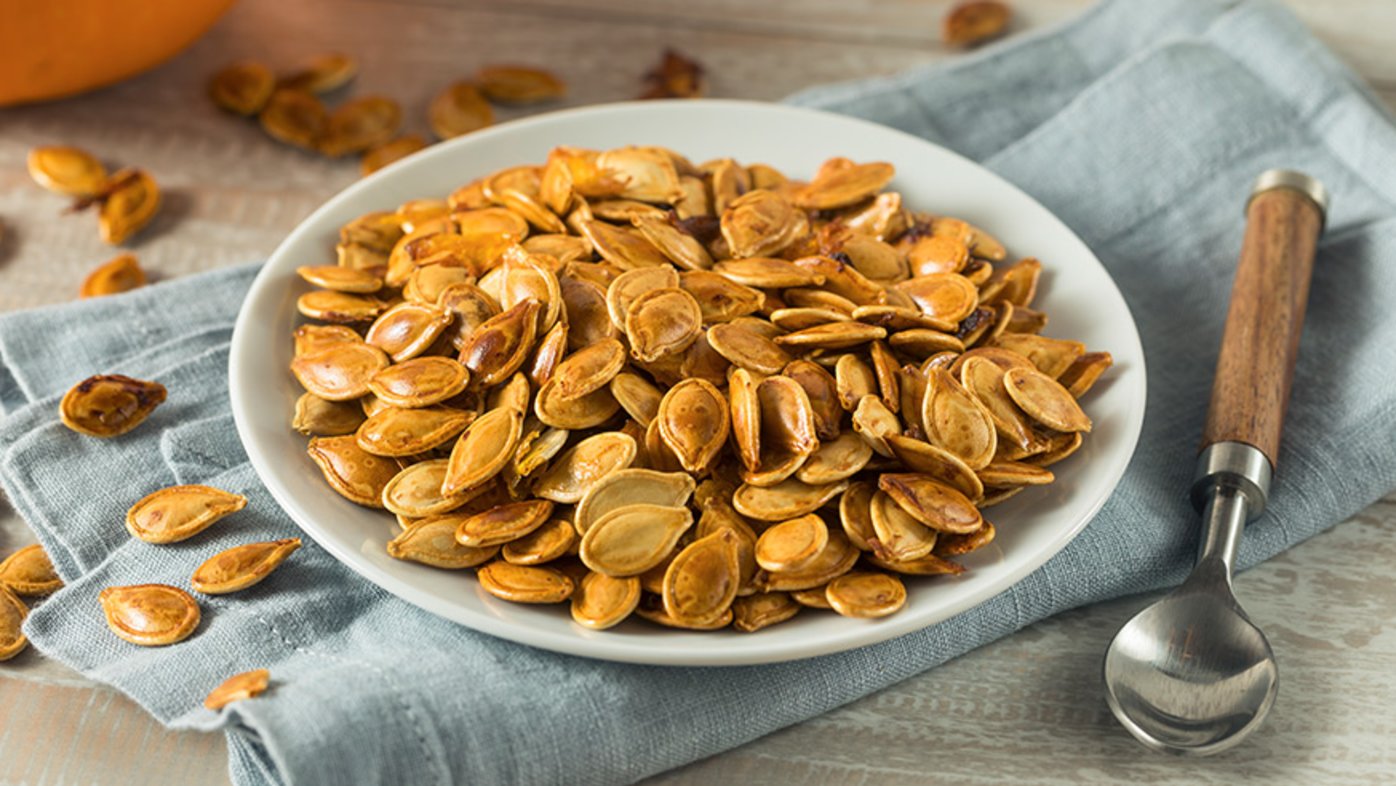
Health benefits of pumpkin seeds
Pumpkin seeds are loaded with the nutrients our bodies need.
Hip bursitis, an inflammation of the bursa sac outside of your hip, is a common injury that many runners face. Bursae are fluid-filled sacs that provide cushion between tendons and bone to help reduce friction.
“The repetitive action of running can cause bursitis, especially in the hips,” says Stewart Sanders, physical therapist and director of Sharp Rees-Stealy’s Running Clinic. “Iliotibial band tightness and hip muscle weakness are underlying factors as well.”
Common symptoms of hip bursitis:
Localized sharp pain on the outside of your hip
Tenderness on the outside of the hip when touched
Pain when lying on the affected side
How can you treat hip bursitis?
Strengthen hip abductor and external rotator muscles (glutes)
Reduce the number or length of runs to manage symptoms
Rest and ice the outside of your hip
If side sleeping, lie on the non-painful side with a pillow between your knees
“If you are new to running or have been running for years, you will, in all likelihood, come across minor aches and pains along the way,” says Sanders. “Don't let this get you down. Dosing out your exercise may be appropriate at times. Remember, a short run is better than no run.”
Can you continue to run with hip bursitis?
Yes. Use a walk/jog interval program to manage symptoms and reduce pain. You can also change your running mechanics a bit by increasing your cadence (steps/distance) and run with a softer, quieter foot strike. This will reduce the amount of shock-absorbing stress that the hip and core muscles have to manage.
Swimming is a great cross-training activity to maintain cardiovascular fitness to offset any loss of running activity.
“You might need some fine-tuning of muscle strength and flexibility to help keep you running efficiently,” says Sanders. “A good rehab professional can help guide you and get you back on track.”
Our weekly email brings you the latest health tips, recipes and stories.